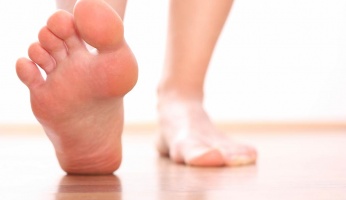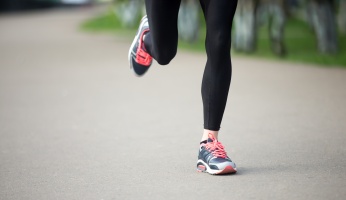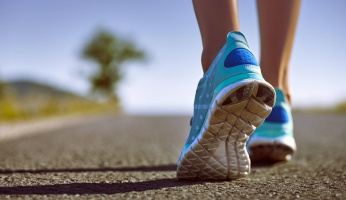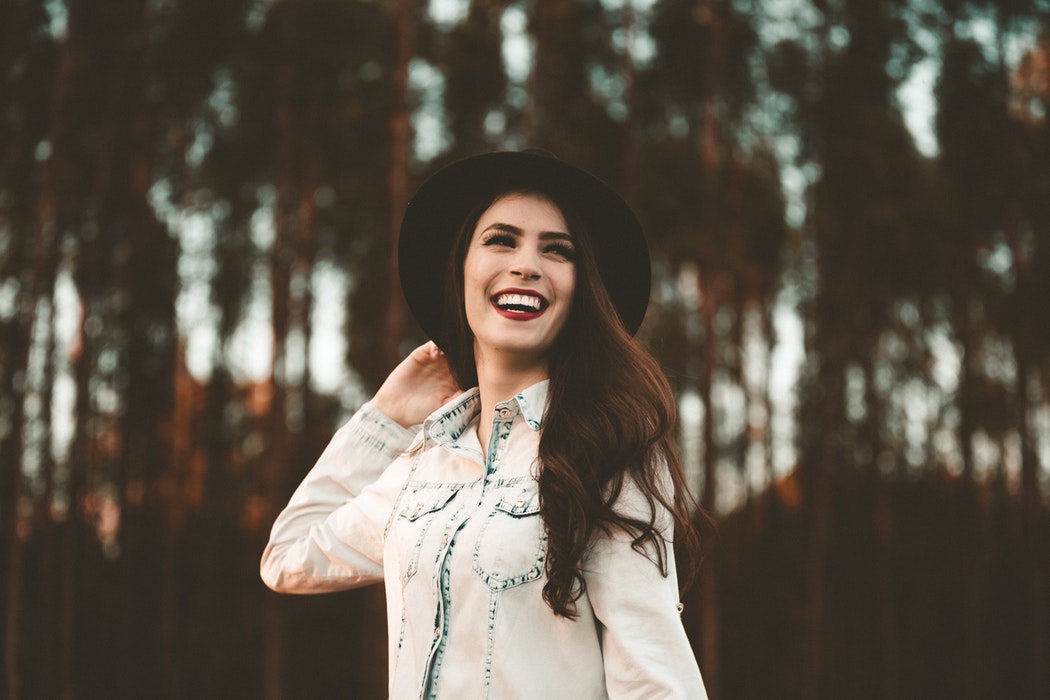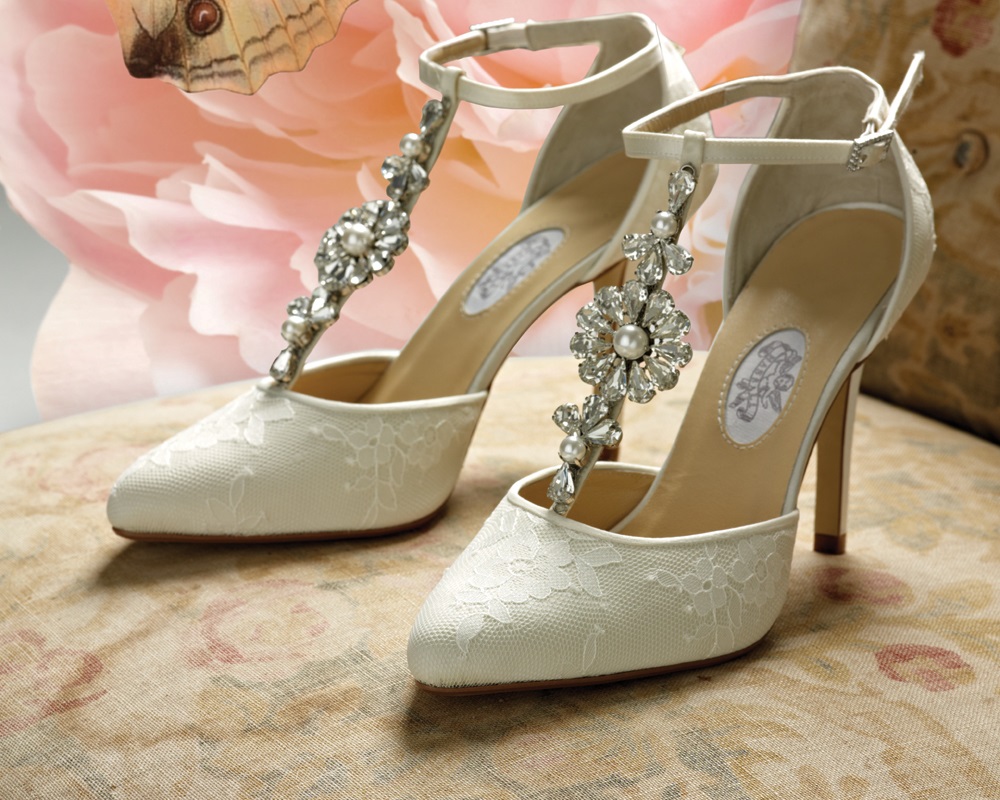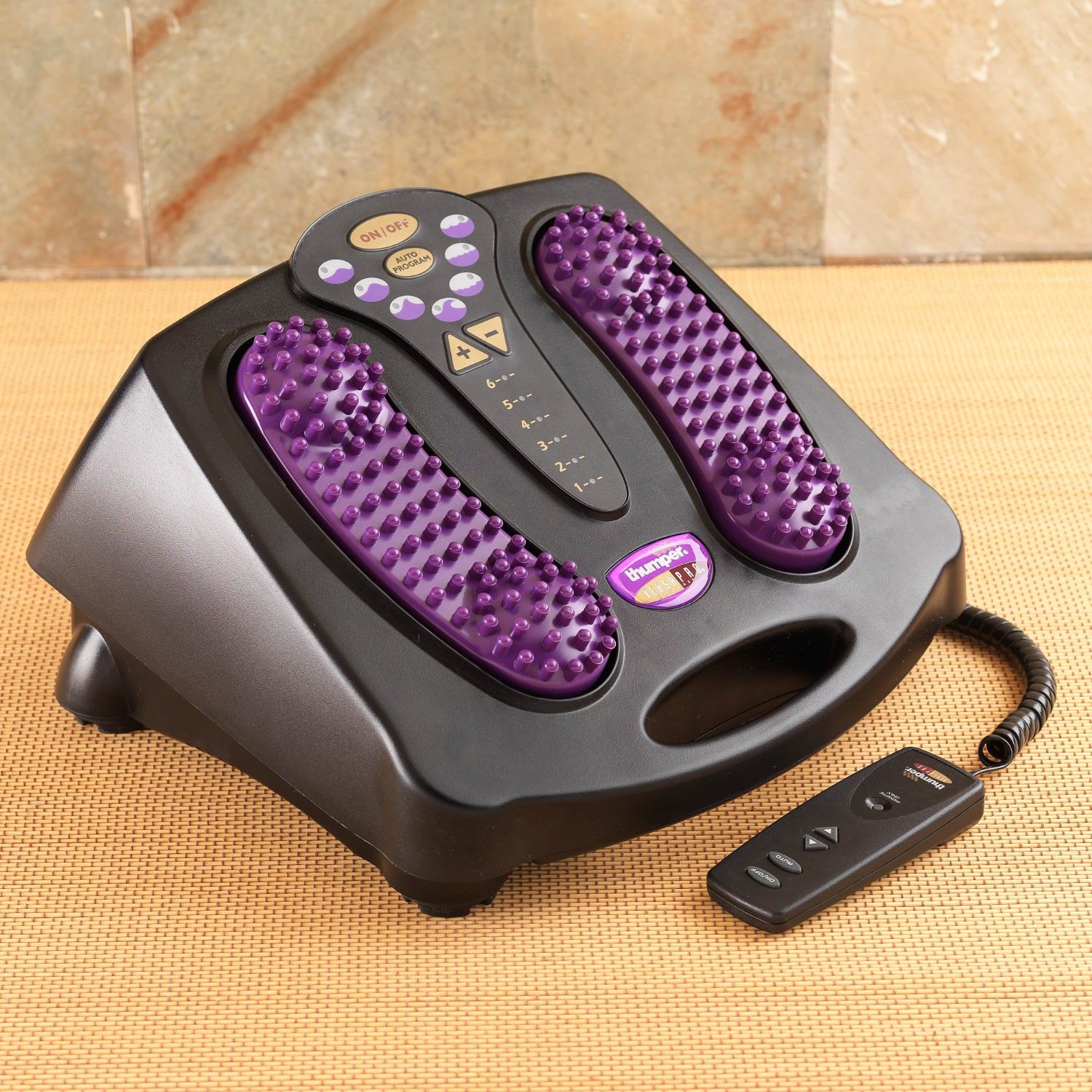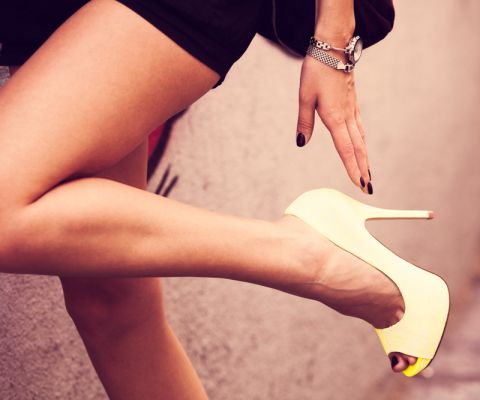Foot Blister Prevention & Treatment: All you need to know
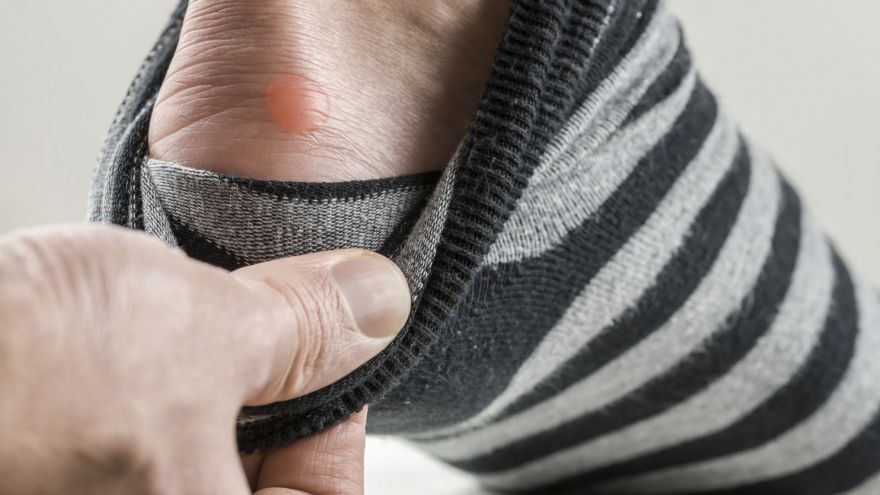 Foot Blister Prevention & Treatment: All you need to know www.walkjogrun.net
Foot Blister Prevention & Treatment: All you need to know www.walkjogrun.net How to Treat & Get Rid of Blisters on your Feet
Most of us get a foot blister or two, or three every year. Those spongy little fluid-filled sacs can be quite painful. When the bubble forms, fluid fills it so that the skin underneath is protected from any more harm.
Causes of Foot Blisters
The main cause of an occurring foot blister is friction — whether by shoes that fit poorly, wearing shoes without socks, a bad choice in socks or repetitive motion, where one spot on the foot just keeps getting rubbed by the shoe or sneaker as the person wearing them participates in an activity like tennis or some other type of sport where you are running back and forth. It is easier for blisters to develop when the skin is damp or moist, and easier for them to become infected under these circumstances too. Dress shoes, high heels, shoes made from a harder material than those you normally wear, and shoes not broken in yet are the most apt to cause blisters.
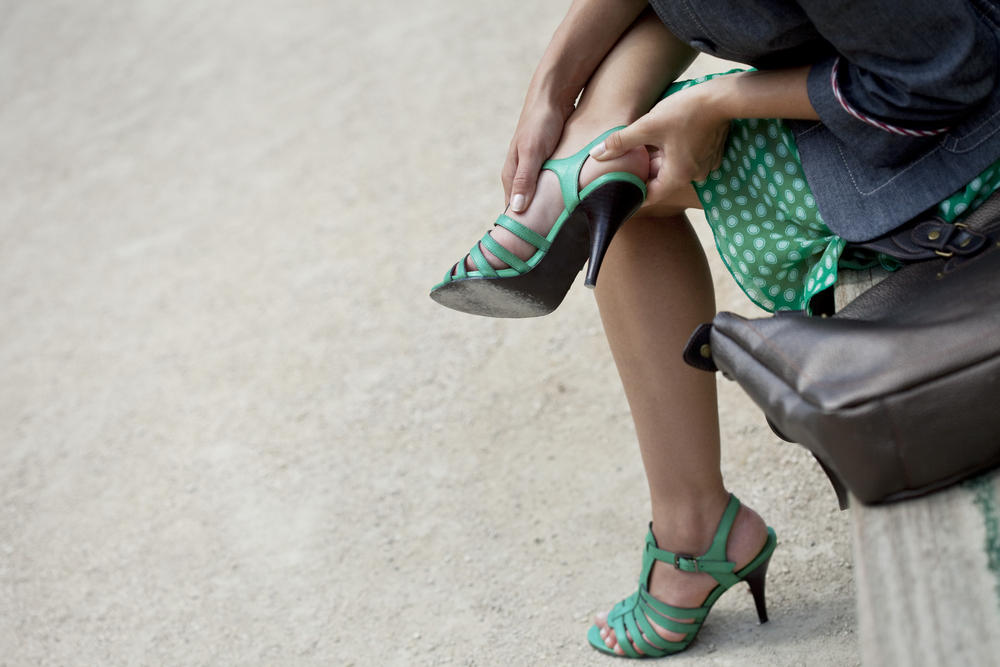
Treating Foot Blisters
Blister treatment isn’t complicated, in fact, most of it is just good old common sense. But it is important that you take care of blisters on your feet. Along with causing pain, a blister leads to the breakdown of the natural barrier of defense which the skin provides and makes the host susceptible to cellulitis (infection in and around the blister) blister related sepsis (infection spreading around the body) and thermal injuries (frostbite). While we know that blisters result from frictional forces, there is a process to it. Frictional forces cause separation of the skin cells at the layer responsible for the mechanical strength of the skin. In the space that is created by the separation of layers, fluid collects.
Healing begins at 6 hours and by 24 hours cell dividing begins and new skin cells are observed at 48-120 hours. Healing can be markedly delayed if the blister site becomes wet, dirty or is not sufficiently padded. Blisters on top of blisters can invade the deeper skin and are at higher risk of spreading infection. If the blister has not ruptured yet or popped, then the best advice is to leave it alone. Don’t try to squeeze it, just leave it be and let it heal naturally. Usually, the blister will get better all by itself. Whenever you are engaging in some activity that is causing a blister, and you become aware that one is forming, stop what you’re doing and put a bandage over it and then let it heal.
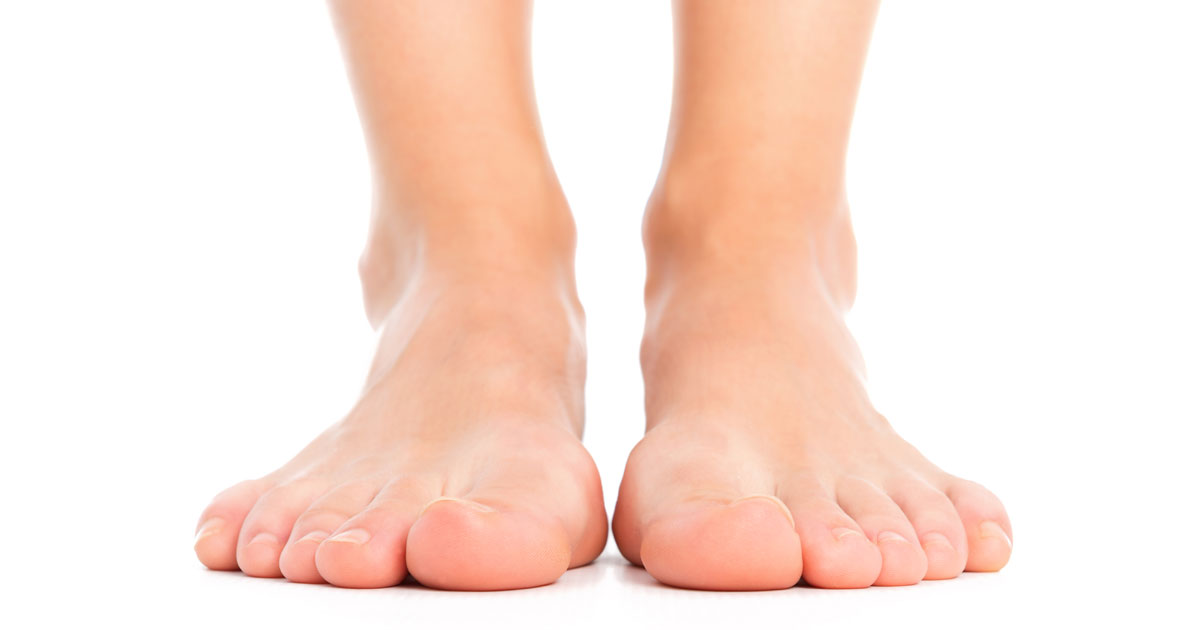
If the blister has burst, the skin may have clumped to one side and be causing another area of pressure. Should this be the case, sterile scissors should be used to remove the dead skin. The raw skin should then be dressed and allowed to heal.Some dressings, e.g. “Compeed” are designed to be left on as the blister heals underneath. This may not be possible if continued friction on top of the plaster causes it to dislodge which is common with blisters on feet. Checking the blister on a daily basis is necessary so that compilations (like infection) can be detected early. In some cases, painkillers may be needed especially in situations where continuation of activity is a necessity.
What to do for a Blister that Can’t Be Left Alone?
Sometimes, when a blister is too large, or just plain too painful to be left alone it needs to be drained. This can be done effectively and efficiently in three simple steps:
- First, you should wash your hands thoroughly using an antibacterial soap.
- Next, sterilize a needle by using a flame, then give it a little time to cool off a bit. Now you take the needle and puncture the blister, then apply gentle pressure to make the fluid drain out, but allow the skin of the blister to remain intact.
- Finally, place a bandage over the blister, if possible use one with Neosporin or an antibiotic ointment to keep it from becoming infected.
Recommended
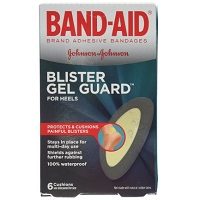
- Band-Aid Blister Cushions
-
Our rating - Waterproof
- Price: See Here

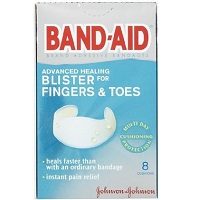
- Band-Aid Toe Cushions
-
Our rating - Conforms to Skin
- Price: See Here

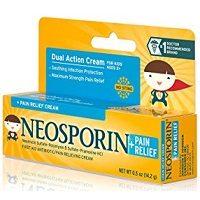
- Neosporin Max Strength
-
Our rating - Antibiotic Cream
- Price: See Here

Preventing Foot Blisters
There’s no doubt about it, blisters can be extremely painful and can prevent you from engaging in your favorite activities or wearing that special pair of high heeled shoes you spent a week’s salary on. Luckily, you don’t have to accept blisters as a part of life — you can head them off before they even begin. Since there are two basic causes for foot blisters, friction and or pressure, after you find out what’s been causing the blisters, you can take steps to stop them from recurring. Here are some tips for preventing blisters:
1. Use orthotics or arch supports — Inserts help to lessen excessive motion which is what leads to friction. The more your motion is limited by the use of an orthotic, the less friction there will be, and that means there’s less chance that you will get a blister. An excellent over-the-counter arch support is the FootChair Podiatrist Designed Orthotic. The great thing about it is that it has an adjustable arch using pads that can be inserted under the surface to help limit foot motion.
Depending on the severity of the problem, it might be a good idea to see your podiatrist about a custom orthotic designed to do away with the friction that leads to blisters.
Recommended
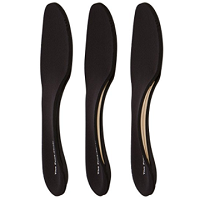
- FootChair Adjustable Orthotic
-
Our rating - Removable Arch pads
- Price: See Here

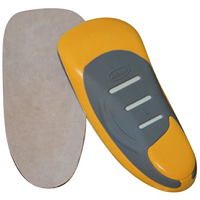
- Dr. Scholl's Custom Fit Orthotic
-
Our rating - Tested by Podiatrists
- Price: See Here

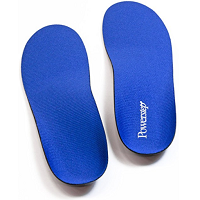
- Powerstep Original Orthotic
-
Our rating - Heel Cradle System
- Price: See Here

2. Keep feet clean and dry — Dirty or damp feet are more apt to develop blisters. Each morning, dry your feet thoroughly then use a foot antiperspirant/deodorant. Kleinert’ Dry Feet Clinical Antiperspirant is ideal for this. Keep your feet protected against foot odor and excessive sweating with this antiperspirant — deodorant roll-on.
3. Do not wear cotton socks — Cotton keeps moisture next to your skin and can make friction worse and thus lead to more blisters. They can even lead to toe blisters. Rather than cotton, wear socks that wick moisture away from your feet.
4. Wear blister pads — These can lessen friction by keeping rubbing between sock and skin from occurring, helping to prevent blisters from forming. Some blister pads are made to stick to the skin while others, adhere to your shoe to keep blisters from forming.
Recommended
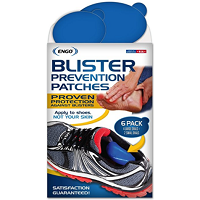
- Engo Blister Prev. Patches
-
Our rating - Apply to Shoes
- Price: See Here

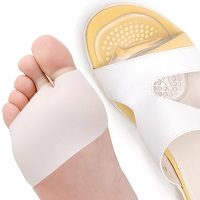
- Skyfoot Metatarsal Pads
-
Our rating - 2 Foot Pads + 2 Cushions
- Price: See Here

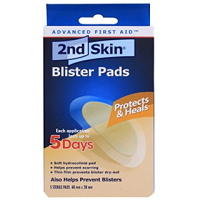
- Spenco Skin Blister Pads
-
Our rating - Very Easy to apply
- Price: See Here

5. Shoe modifications — If your shoes have “hot spots” — certain areas that get a lot of friction and that get blisters regularly, having your shoes stretched over that section can help. This can either be done professionally or you can do it yourself by using a ball and ring shoe stretcher.
How to Prevent Blisters in Flip-Flops
When summer comes nearly everyone wears flip-flops, but they can give you sore muscles, lower back pain, plantar fasciitis, and blisters. The lack of cushion combined with the toe-gripping required to keep them on will throw off your gait. Besides which, the constant rub of the thong piece makes the area between your toes more susceptible to blisters.
An excellent way to keep blisters away while wearing flip-flops is to wear an orthotic or arch support flip-flop to lessen motion. The arch support will enable the foot to remain securely in the flip-flop, thus keeping friction from causing a blister. Here are some recommendations for flip-flop choices to protect your feet and stop blisters:
- Orthaheel flip-flops — Vionic Brand makes some of the best flip-flops for holding blisters at bay. The Wave flip-flop works for both women and men. The arch supports in it are very high to stabilize the foot and hold it in the correct position. They also have deep heel cups and foam cushioning to help stop blisters from forming. Some models have adjustable straps.
- Blister prevention patches — In order to keep blisters from forming in specific areas, try Blister Prevention Patches, which are made of very low friction material. They can be used on any area that is likely to form a blister.
Recommended Flip-Flops
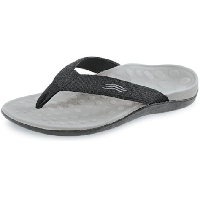
- Vionic Orthaheel Wave
-
Our rating - Stabilize & Realign Feet
- Price: See Here

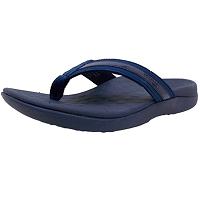
- Vionic Orthaheel Tide Slide
-
Our rating - EVA Footbed + TPR Outsole
- Price: See Here

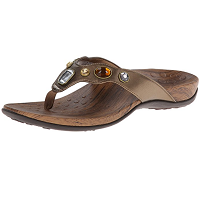
- Vionic Orthaheel Eve
-
Our rating - Biomechanical Orthotic Footbed
- Price: See Here

Tips to prevent blisters while wearing high heels and pumps
Women who wear high heels and pumps will find that blisters can be a frequent problem. When you wear high heels it places more pressure on the ball of the foot, irritates the skin and causes continual friction. Another problem with pumps is that often they will squeeze the toes together which also causes friction. To keep blisters from forming, you first need to prevent friction. Find out what’s causing the friction and then put an end to the problem.
Recommended treatments are as follows:
- Orthotics for high heels — Either prefabricated or custom orthotics can help keep blisters from forming by preventing the friction that leads to blisters. An arch support is the best way to limit friction. Because heel shoes raise the level of pressure on the ball of the foot, causing even more blisters, a high heel orthotic can lessen this pressure and transfer it away from that particular area.
An excellent OTC insert for high heels that have a closed back is the Women’s Dress Slimfit Insoles. This arch support takes the force off the ball of the foot, thus easing foot pain and lowering the chance of blisters. Another arch support for pumps that is even thinner is the McConnel Slimfit Insoles. These are the best OTC orthotic for heels with an open back (slingback) and dress sandals. It has an adhesive bottom that fits easily into pumps, allowing it to “disappear” under the foot.
- Blister prevention patches — Another way to stop blisters in their tracks is to use blister prevention patches. You can easily slip these into a small purse or wallet and take them along with you. They are placed right on the shoe to stop painful rubbing on the skin. They are sweat-proof, made of very low friction material, and can be placed anywhere on a shoe that may cause a blister. They protect the skin and you can wear them for weeks.
Recommended
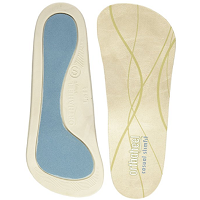
- Orthaheel Dress Slimfit
-
Our rating - Everyday Use
- Price: See Here

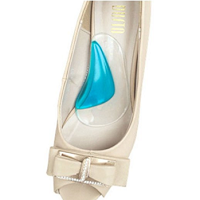
- Dr. Foot Arch Insole
-
Our rating - Adhesive Arch Support
- Price: See Here

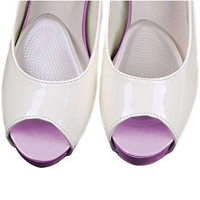
- Ballotte Forefoot Pads
-
Our rating - Medical Grade Silicone
- Price: See Here

How to Prevent Blisters When You Travel
Often people find that blisters are a lot more common when they travel — simply because you walk more when on vacation or traveling, causing greater friction and skin irritation. You don’t want to be left hobbling along on your vacation. If you are planning a trip and know that you’ll be doing a lot of walking, take the necessary steps to be certain that blisters don’t cause discomfort and become an issue. In nearly every situation it is possible to eliminate blisters entirely. Heel blisters, toe blisters, it doesn’t matter, if you take the proper precautions, you should be able to keep them away.
1. Select your shoes carefully — Orthofeet Shoes for Travel are an excellent choice because they have a nice selection of orthopedic shoes that are both stylish and therapeutic, making them ideal for travel. Darker colored leather shoes are great for travel in Europe where a lot of walking is done, plus they can be worn during the day or night. One of the reasons many people do not want to wear orthopedic shoes is because they look like they are made for an older person. That needn’t be a concern with these shoes, so buy them with confidence.
2. Use arch supports — The FootChair Podiatrist Designed Orthotic has an adjustable arch via pads that can be inserted under the cover to further reduce motion that will lead to blisters. You can also get Custom orthotics from your podiatrist.
3. Wear socks that prevent blisters — It is crucial to wear the right socks when walking or standing a lot. Socks that wick dampness away from the feet and maintain a cushion throughout the day will help prevent blisters.
4. Bring prevention patches — Blister pads can be placed over areas that are apt to blister. They lower friction and work, arguably even better than moleskin. You may still want to try moleskin.
Traveling with blisters — If a blister has already formed, leave it alone. Most of the time blisters do not need to be drained and will heal on their own. But if you have a very large or painful blister, you may not be able to wait.
Recommended
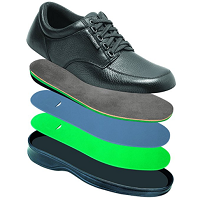
- Orthofeet Shoes
-
Our rating - Many Style Options
- Price: See Here

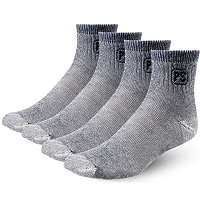
- People Socks Merino Wool
-
Our rating - Antimicrobial
- Price: See Here

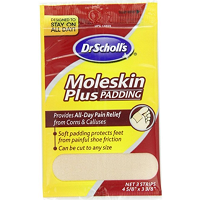
- Dr. Scholl's Moleskin Plus
-
Our rating - Soft Smooth padding
- Price: See Here

More Socks to Prevent Blisters
If you have a problem with blisters, it can be eliminated completely in most cases, by using the recommendations above, but it is also crucial that you wear the proper socks. Above all, do not wear cotton socks to avoid getting blisters. It is essential that you buy socks made from synthetic fibers. Synthetic fibers are better than cotton for wicking, cooling, and drying. Plus, a thicker sock is known to prevent blisters — the extra padding lessens skin irritation that leads to blisters, callouses, buildup, and fatigue.
The Juzo Silver Sole sock is excellent for preventing blisters. These socks lessen friction, wick moisture, have a “pillowed sole” to cushion the foot and are made with synthetic silver fibers. People who walk or run a lot, spend hours on their feet, or who have sensitive feet will find it beneficial to wear these socks every day.
If it’s a dress sock you require, try the black Juzo Silver Sole in crew length or knee high length. If you require an athletic sock, try the white Juzo Silver Sole in ankle high length. These socks are perfect for blister prevention during exercise while also naturally eliminating bacteria, odor, and fungi.
Recommended Socks
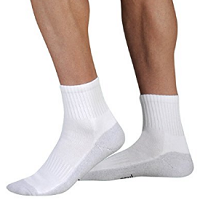
- Juzo Silver Sole
-
Our rating - Pillowed Sole
- Price: See Here

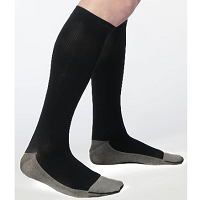
- Black Juzo Silver Sole
-
Our rating - 63% FiberSoft Nylon
- Price: See Here

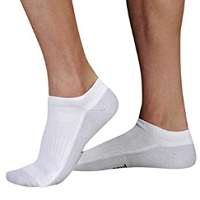
- Juzo Silver Sole Ankle
-
Our rating - For Sensitive Feet
- Price: See Here

Complications
1. Pain — this can be severe, particularly if burst or open blisters are persistently walked on. It can also be bad if a blister appears on a bunion or other foot deformity. Treat with painkillers and rest.
2. Infection — A local infection of the blister is more likely to occur if the blister is de-roofed. Normal skin bacteria are most common e.g. staphylococcus. Although antibiotics do not speed healing, it is important to seek medical advice if the blister becomes redder and swollen, if the redness spreads away from the original blister site or if the person feels unwell (e.g. with fever). Sepsis — where a local infection in a blister becomes widespread — is extremely rare. Deeper blisters in a dirty environment, or those people with an impaired immune system, are more at risk.
Recommended
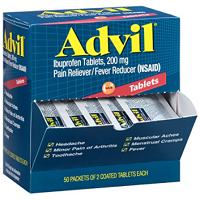
- Advil with Ibuprofen
-
Our rating - Travel Size Packs
- Price: See Here

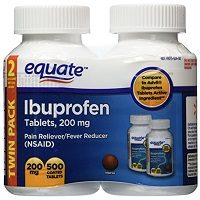
- Equate Ibuprofen
-
Our rating - 200 mg ibu Tabs
- Price: See Here

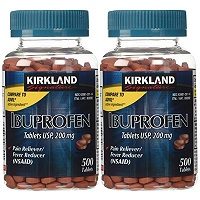
- Kirkland Ibuprofen
-
Our rating - 200 mg ibu Tabs
- Price: See Here

Healing Blisters
1. Air — The first rule of foot blister treatment, or any blister treatment really, is to let the blister breathe. Actually, as much air as possible will speed the healing process. Naturally there are times when you need to bandage it in order to walk. If that’s the case, do so loosely by tenting your adhesive bandage at the sides so that the middle is slightly raised up to permit air flow.
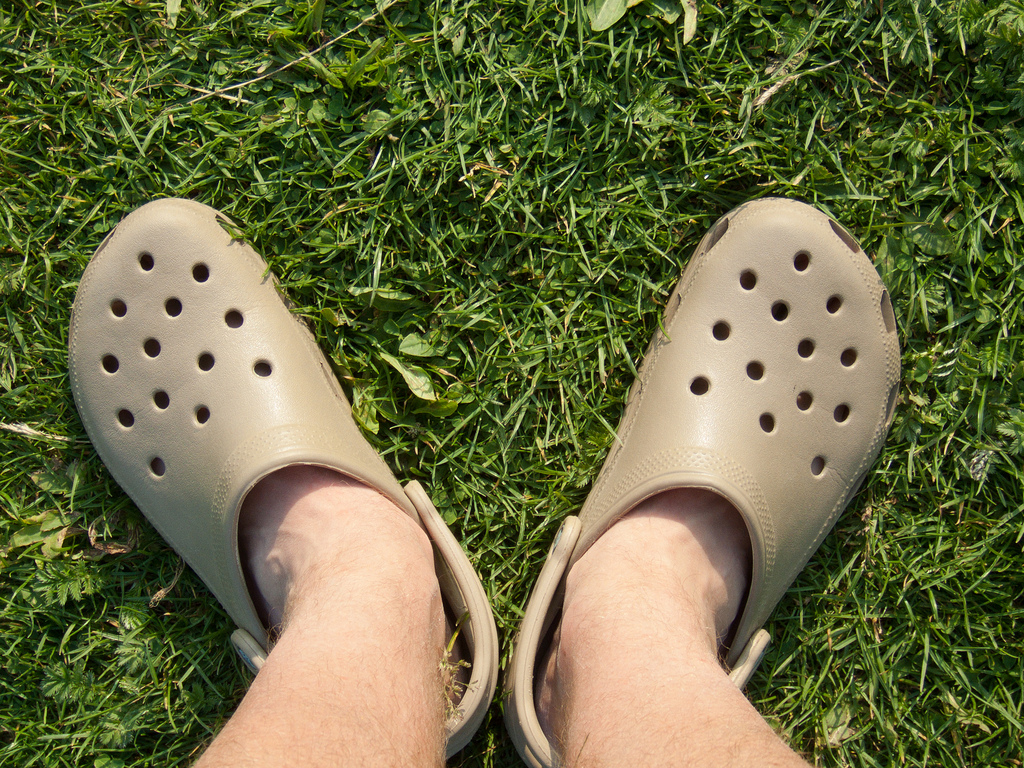
The healthy treatment of any blister depends on whether the wound is intact or torn open. If the blister is intact, leave the skin overlying to protect the wound from possible infection. Clean it thoroughly, but leave the attached skin in place to shield the wound from further dirt and debris and also to decrease the pain.
2. Bandage the Blister — Select an adhesive bandage that will be able to adequately cushion the injury and protect it from debris and infection getting at the wound. This is also why, if there is skin attached and covering a portion of the blister, leave it attached to protect the area from infection.
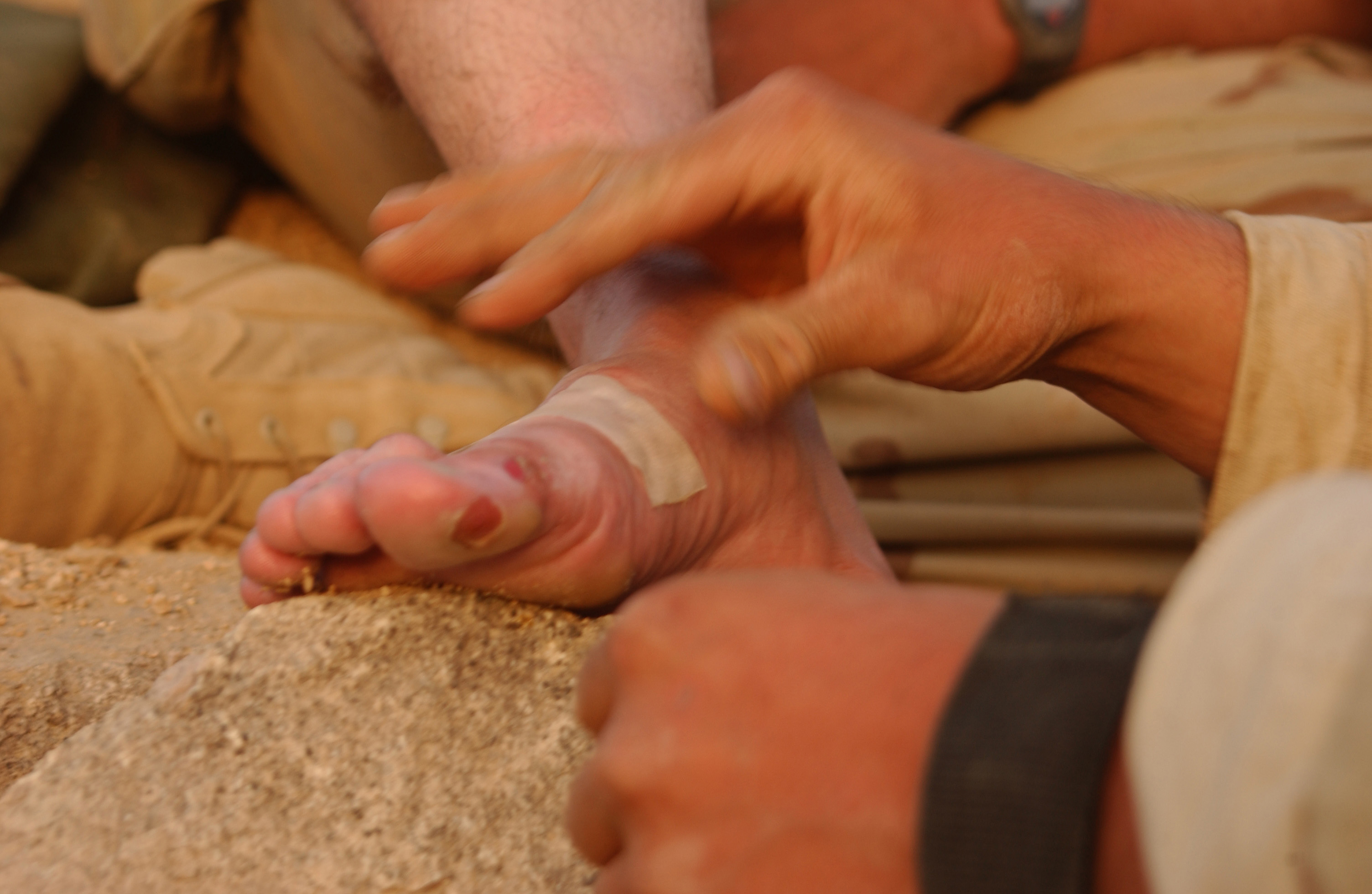
Cleanliness is also essential to protect your blister from infection. Use a sterile gauze pad to gently press any remaining fluid out of the blister and then cover the area with an antibiotic ointment. You can also cover the exposed blister with an air tight (occlusive) bandage to speed healing.
3. Topical Cream — After you clean any dirt or debris from the blister you’ll want to put on an antibacterial ointment or blister cream — such as Polysporin. A gel-style antiseptic cream might also be a good option if it offers cooling benefits. Just be sure to keep the area clean and sanitized to prevent infection of the area and to speed the healing.
Be gentle when dabbing on antibiotic ointment and be sure to apply it to a clean area. You can sterilize the area using a hygienic wipe and prevent infection by covering the area with clean gauze, a bandage, or a gel dressing afterward. You can also use tea-tree oil on the site of a blister once the area is lanced and drained as a natural way to speed healing and prevent infection.
4. Elevate, Elevate, Elevate — If you have a blister on your foot or a heel blister, elevating it by putting up your legs will actually relieve inflammation, and pressure to the injured area, which will help ease pain and discomfort temporarily.
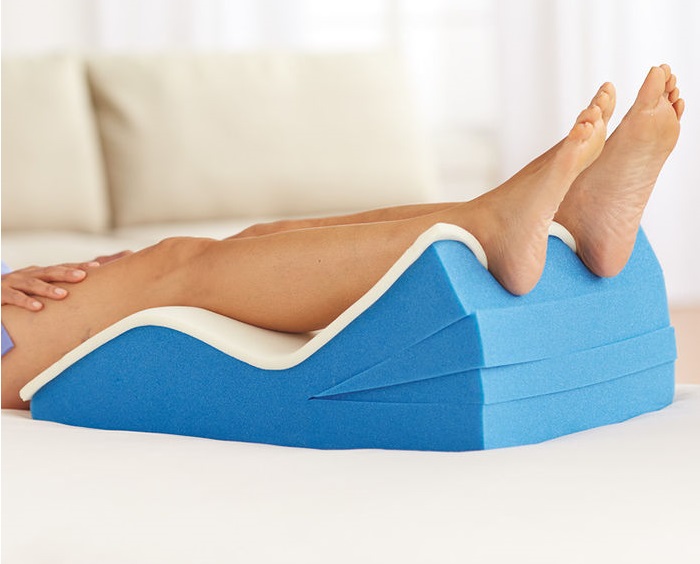
If you are not walking on the affected area and remaining in a clean environment, clean the area and leave the blister uncovered while waiting for it to heal. Furthermore, position your foot to elevate the blister as much as possible above waist height. This will decrease pain, ensure proper drainage of all fluid by working with gravity and promote fresh blood flow to the area in order to speed up healing.
5. Draining a Blister — If a blister is filled with fluid and causing extreme pain and pressure, the only remedy for it is to squeeze it. To avoid infection, wipe the blister down with water and antiseptic, gently pierce the edge using a sewing needle sterilized in alcohol to drain all fluid, but don’t remove the top skin because it acts as a protective layer against infection.
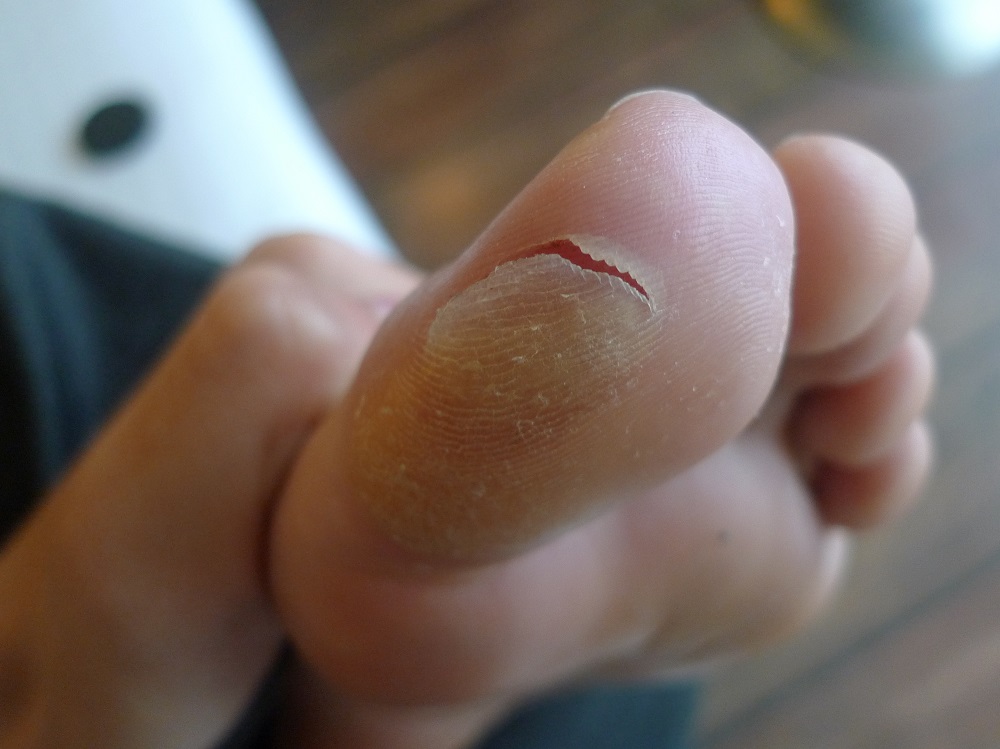
To safely and effectively drain a blister, wash and sanitize your hands thoroughly using soap and water. Be sure your hands are completely dry before cleaning the blister area with an antiseptic (i.e., rubbing alcohol or iodine). You can sterilize a needle by also wiping it down with iodine or rubbing alcohol. Make sure the needle is sharp. Puncture the blister with the needle along the blister’s edge. Let the fluid drain, don’t squeeze it out to prevent bruising. Leave the overlying skin intact to protect the area from infection. Apply an antibiotic ointment and cover the area with a clean bandage or gauze pad.
6. Cushion the Injury — In addition to a thick bandage, a particularly nasty blister on the sole of the heel may require more padding to make walking comfortable. In this case, you can buy sheets of foamy adhesive pads and cut the shape of your required padding to fit and cushion the injury.
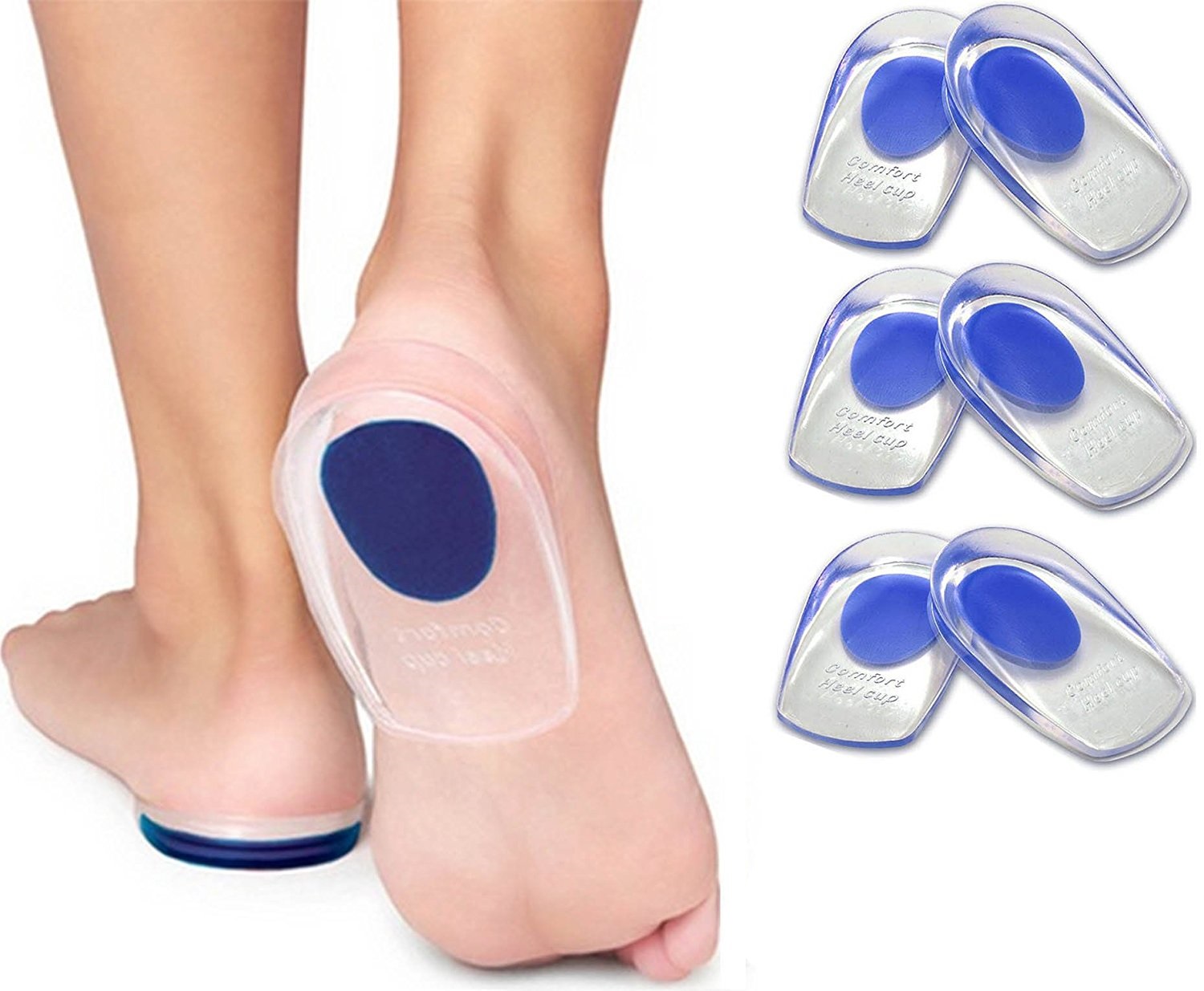
Air is important to promote healing. However, if you are not at home in a clean environment, then the use of a clean bandage or gauze pad can prevent infection when out of the house. To prevent future blisters in the same area, wear padded athletic socks or cover chaffed areas with a padded bandage to protect the area prone to rubbing, this is especially important when dealing with a heel blister.
7. Soften the Area — Soaking a blister a few times daily in a saline solution, especially if you pop and drain a blister speed the healing process and help buff away excess skin. It’s important to soften a blister prior to popping it. However, popping and draining an extremely painful blister can provide some pain relief by relieving pressure to the area.
To soften a blister, soak it in warm water or saline solution to properly clean it and prevent infection. Softening the blister will make popping it with a sanitized needle that much easier. Also, softening the area after it’s drained in warm, clean water will promote speedier healing and putting less stress and pain on the area helps too.
8. Avoid Infection — If you do pop a blister, be vigilant with cleaning, sanitizing, and covering it loosely with a bandage in order to prevent infection. If the area becomes red, inflamed even though drained, or pus-filled, it should be seen by a doctor right away. Also, if you run or hike and are prone to blisters, don’t simply cover the area and hope it goes away.
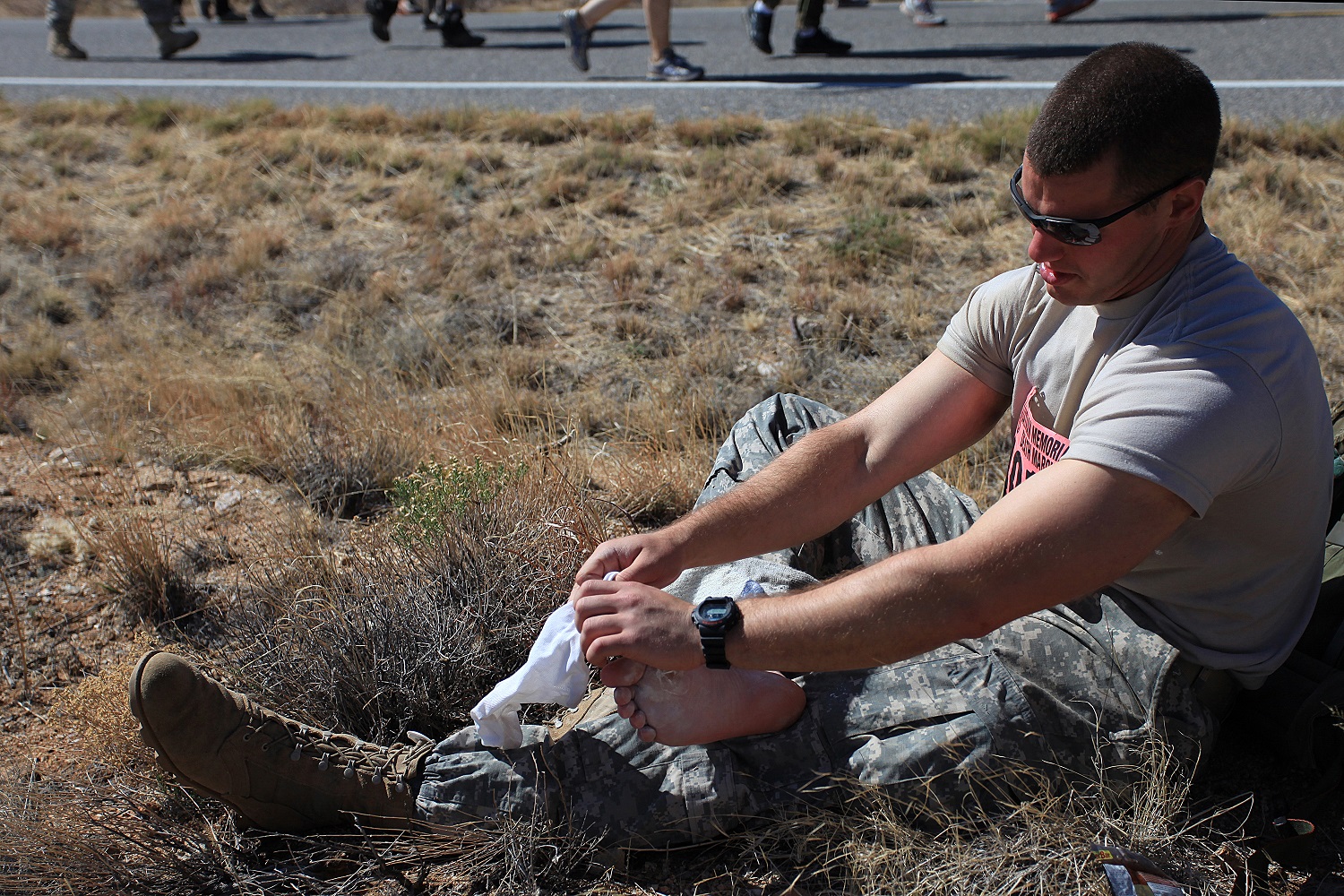
Ignored blisters can quickly become infected if they aren’t cleaned and drained. Particularly if you continue to stress out the area repeatedly, localized pain and rubbing can lead to infection and unhygienic blister ruptures. If the blister bursts and becomes infected, secondary cellulitis or impetigo (both severe skin infections) can take place. Eventually, if a blister is left infected and ignored, a long-term bacterial infection can enter the bloodstream and result in sepsis. Interestingly enough, President Calvin Coolidge had a son that this happened to and he died within a week. However, don’t worry about sepsis, as it is highly unlikely to be a problem.
9. Moisturize the Area — Aloe Vera is a gentle, anti-inflammatory gel that can act as blister medicine and help moisturize and speed the healing of a blister. Apply the gel after cleaning the area and allow the area to dry before covering. Aloe will also cool the blister and prevent inflammation. Blister prevention, if you are prone to blisters, is also very important for your safety.
For example, there are many steps you can take to prevent future blisters, such as wearing properly fitting shoes, breaking in shoes thouroughly before using them for sports, refraining from wearing cotton socks for exercise, and using socks with moisture wicking that keep moisture away from feet. Letting your shoes dry from perspiration following workouts is also wise.
10. Have Patience — It’s important to be patient with your blister, like any injury it will take a few days to a week in the case of nasty blisters) to heal completely. As mentioned, take the time to properly drain, clean and dress your blister. And if you can, leave the blister open to the air in a clean environment so that it speeds the healing process.
Are you dealing with foot odor? Check out our complete guide on how to cure smelly feet!
Do you need to repair your shoes? See our complete guide on how to save damaged shoes!
Are Calluses and Corns getting the best of you? Here’s how to treat and remove them!





